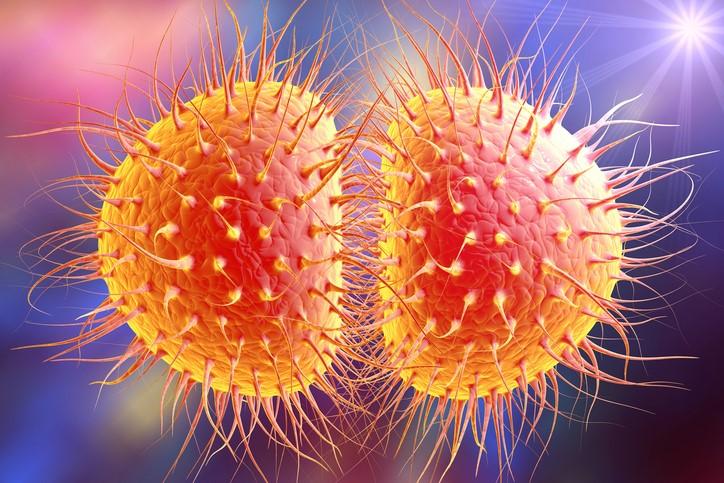The Pan American Health Organization (PAHO) recently published a risk assessment of Western equine encephalitis (WEE), following the recent detection of human cases in Argentina and Uruguay, their first in many years.

The infections followed an increasing number of outbreaks in animals in Argentina and Uruguay. An isolated animal infection was also reported in Brazil in an area that borders both countries.
WEE infections in humans typically range from asymptomatic to moderate, but in rare instances, the severe form of the disease can result in aseptic meningitis or encephalitis. There are no specific treatments or vaccines for WEE.
Seven deaths in Argentina
So far, 73 human WEE infections have been reported, 69 in Argentina and 4 in Uruguay. All have been reported in areas where the mosquito-borne virus is affecting animals. Seven deaths have been reported in Argentina. Most of the illnesses were reported in people who are older and have underlying health conditions.
Birds are the natural hosts of the virus, which can pass to people and animals through infected mosquitoes. PAHO said that, in South America, rodents and bats could also serve as reservoirs.
El Nino pattern among outbreak contributors
PAHO said several factors may be contributing to increased WEE activity, including a seasonal shift in Culex tarsalis mosquitoes feeding from birds to mammals. So far there are no data to suggest an increase in mosquito density. PAHO added that other factors could include increased rainfall and temperatures due to climate change, deforestation, and increased urbanization.
The group said the overall health risk to human health in the region is moderate. It also noted that the risk of further spread is high, partly due to environmental factors related to the El Nino weather phenomenon and climate change, which could pave the way for geographic expansion of the mosquitoes that spread the disease.















